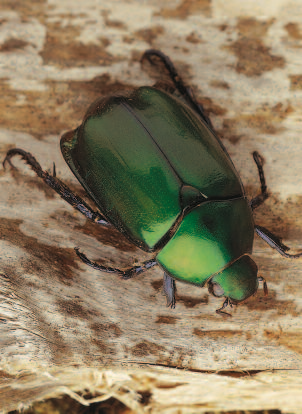Himanshu Jain keeps one eye ever alert to new uses for glass.
Jain is currently studying the jewel beetle, or Melanophila Acuminate, which scientists believe can detect forest fires from a distance of up to 50 miles – something man can do only from an aircraft. The beetle lays its eggs in the bark of burnt trees to gain a competitive advantage for its young.
Scientists credit the beetle’s sensing abilities to tiny cuticles under its wings that absorb infrared radiation at 3 microns – the wavelength emitted by wildfires.
The U.S. Army Research Lab recently granted Jain a contract to try to replicate what nature has accomplished with the jewel beetle.
“We need devices that can detect very weak infrared radiation, which has a range of wavelengths that transfer through the atmosphere without being absorbed. That happens to be the range of wavelength that the beetle can detect.”
Lessons learned from the beetle, says Jain, could form the basis of new heat-sensing devices, which would utilize carbon nanotubes and chalcogenide glasses developed at Lehigh.
“This is another potential example of bio-inspired technology.”

